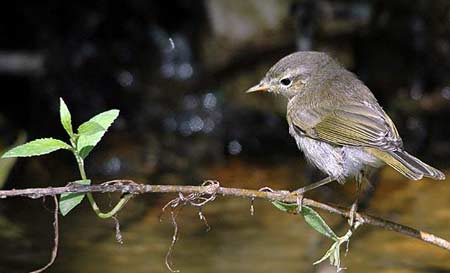 |
| Photo: Oiseaux |
There are many species of hummingbirds, with over 300 different types. Their plumage comes in a variety of colors including green, blue, black, and yellow, with more than 10 distinct shades. This diversity has led to various names for them, such as the godbird, comet bird, forest goddess bird, and flower king bird…
Hummingbirds are small, stunning, and excellent fliers. Their wings beat at an impressive rate of 50 to 70 times per second, allowing them to reach speeds of up to 50 km/h and fly at altitudes of 4,000 to 5,000 meters. People often hear their buzzing flight but rarely catch a glimpse of them. Interestingly, their hearts can beat up to 615 times per minute. Not only can they fly high and fast, but they can also cover great distances. The Ruby-throated Hummingbird migrates annually, flying non-stop over 800 km across the Gulf of Mexico.
Hummingbirds feed on flower nectar and small insects. They possess a needle-like beak and a long tongue that they can extend comfortably. When feeding, they first use their beak to pry open flowers, then use their tongue to lap up the nectar. They are also essential pollinators for many plants, such as camellias, columbines, and bellflowers, earning them the title of the world’s most diligent “farmers.”
Hummingbirds build their nests in trees, creating beautiful, elegant, and delicate structures resembling artistic textiles. From below, their nests look just like tiny cups. A female hummingbird usually lays two eggs, each about the size of a pea, weighing only around 0.15 grams; it is estimated that approximately 200 hummingbird eggs weigh the same as a standard chicken egg. The incubation period lasts from 14 to 20 days, and the newly hatched hummingbirds are capable of flying and foraging for themselves almost immediately.
Hummingbirds symbolize Trinidad and Tobago, representing the hardworking and gentle spirit of its people.
 |
Photo: Hlasek |


















































